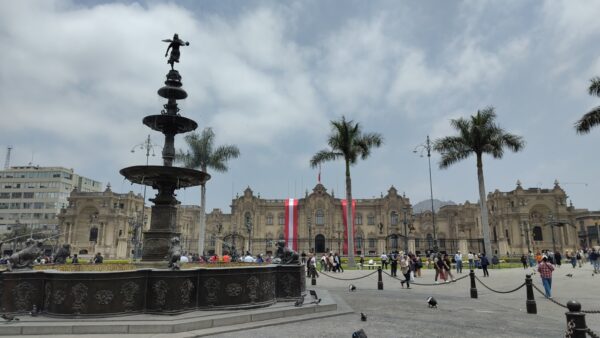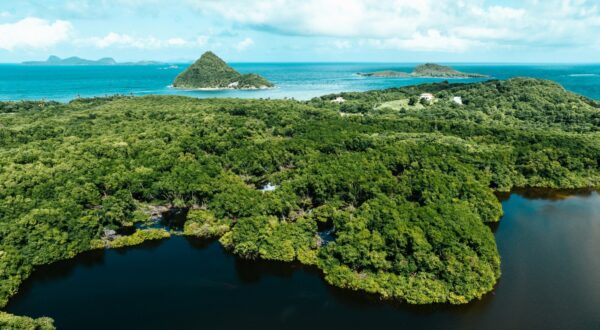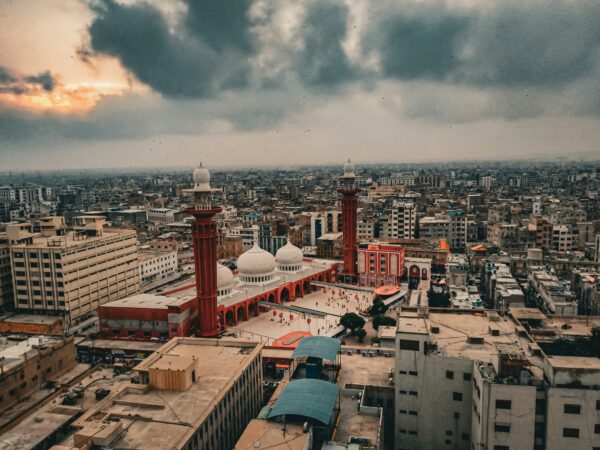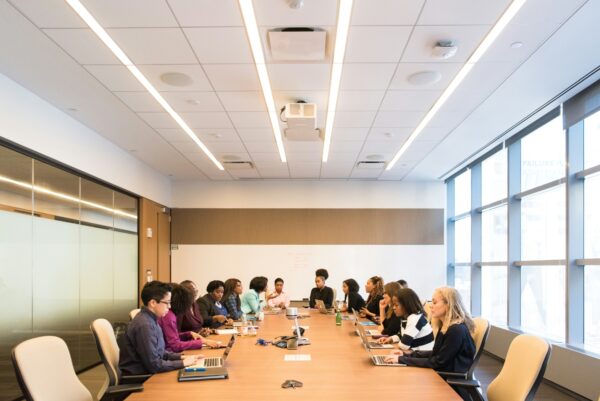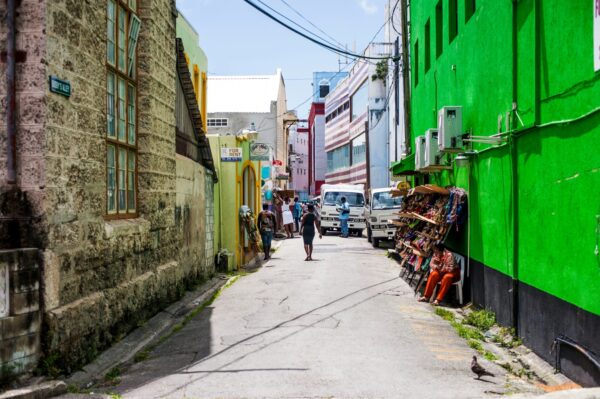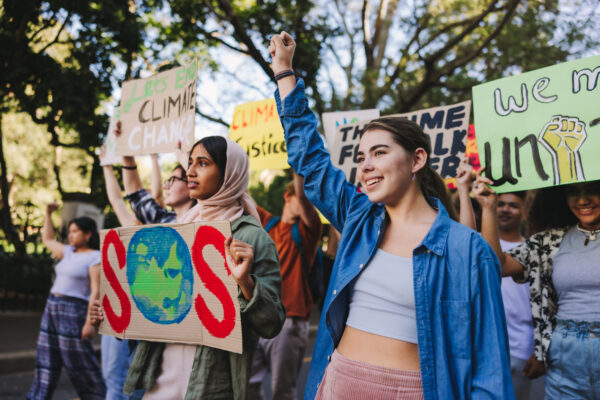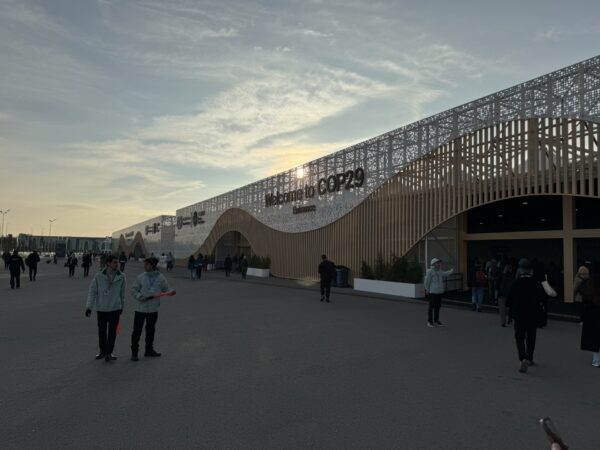Second Glasgow Dialogue: lessons from latest Committee meeting on loss and damage finance
Key takeaways from the Transitional Committee’s second meeting on operationalising the new loss and damage fund and funding arrangements.
Share

Today, the Second Glasgow Dialogue will bring together a broad set of countries and organisations to discuss how to mobilise finance for vulnerable countries suffering from climate-induced loss and damage.
This forum should take heed of the dynamics and priorities that emerged during the Transitional Committee’s second meeting on how to set up the new loss and damage fund and funding arrangements. Here are our key takeaways from the meeting.
Some convergence on scope of loss and damage activities, but views diverge on priority gaps
The COP27 decision acknowledged the need for loss and damage finance for activities taken during and following a climatic event. This includes both time-bound disasters, such as hurricanes, or short droughts and “chronic” processes, such as sea-level rise or continuously rising heat.
As a definition for loss and damage finance remains absent, questions about the scope and purpose of the new fund resurfaced again during the Committee’s second meeting. Slowly but steadily a working definition is emerging around a “spectrum of needs” ranging from preparedness and immediate response, to recovery, rehabilitation and reconstruction.
With the scope or relevant activities thus vaguely set, the discussion has turned to identifying “priority gaps” in this spectrum of needs that the new fund and funding arrangements should fill. Here little convergence was apparent.
A UNFCCC Synthesis Report prepared for the Committee finds that while some (severely under-resourced) funds exist for preparedness and response, there’s pretty much no provision made for recovery and rehabilitation after extreme events (as a reminder, costs for reconstruction from extreme events tends to be in the billions per event), nor coverage for slow but certain events like sea level rise.
The US committee member mentioned thematic gaps, including measures to address slow onset events and non-economic losses, and highlighted “additive gaps” for example on reconstruction where the fund could add to existing structures.
A level of prioritisation is also reflected in proposals for how the new fund should be structured, or – in technical terms – what “thematic windows” it should have.
The group of least developed countries have proposed a rapid disbursement window for immediate response, an intermediate window for reconstruction following extreme events, and a chronic needs window for loss and damage caused by slow onset events. These were broadly in line with the Egyptian committee member’s position. Heinrich Böll Foundation proposed adding a window for small community grants.
While developed countries didn’t submit any ideas in writing, some of their committee members mentioned windows for preparedness, resilience planning, pre-arranged financing for innovative solutions, and to bridge the gap between humanitarian and reconstruction action.
So while the activities in the spectrum of needs can serve as a useful working definition, when talking about or tracking loss and damage finance, the more political discussion of priority gaps will likely continue throughout the year.
New funding arrangements
In recent months, some understanding has also emerged on what constitutes the “mosaic of funding arrangements” for loss and damage (broadly speaking, any source of money that can help finance preparedness, response, recovery, reconstruction and rehabilitation).
The Second Glasgow Dialogue provides yet another space to hear from institutions providing existing funding arrangements, such as regional development banks and risk pools. As discussions will focus on enhancing these arrangements, the key questions of instruments and accountability of any new funding arrangements should come into focus.
Instruments
The current landscape of loss and damage funding arrangements includes debt-based instruments, particularly loans, increasingly with some consideration of debt-deferment clauses.
Although such instruments can provide fiscal breathing space in the immediate aftermath of a climate-related event, they eventually increase developing countries’ debt burden. This comes at the cost of social development and eats into reconstruction efforts in the longer-term.
Developing countries have therefore been calling for grant-based support under the fund and proposed debt sustainability as a guiding principle for the new funding arrangements. To provide a useful basis for further deliberations, it would be helpful for any technical inputs by experts to set out how proposed new funding arrangements will safeguard debt sustainability.
Accountability
The issue of accountability of new funding arrangements underlies some of the discussions among Transitional Committee members. Here, the key question is who calls the shots where. The COP27 decision calls for the new funding arrangements to include sources, funds and initiatives outside of the UNFCCC process. Inside, all Parties, including developing countries, have a say. Outside, they have to accept the conditions set by funders.
Developed country representatives offer assurances of their governments’ goodwill in scaling up or reforming existing arrangements, effectively asking for trust as a basis for “new” funding arrangements. Some developing country members raised doubts about the credibility of such goodwill, especially considering that only five countries met the 0.7% ODA/GNI target in 2022, and the looming $25 billion financing gap in the humanitarian sector this year alone.
Developing country members made a joint submission to the Committee stressing the need for stronger relationships between the Convention and outside actors. One emerging idea is for an overview panel under the UNFCCC to make recommendations or requests to external financing bodies.
Any discussion on new funding arrangements should reflect the need for stronger institutional links between outside actors and the UNFCCC. Simply “enhancing” existing arrangements and asking developing countries for trust is likely not to carry far in terms of political agreement.
Don’t slow down
The density of information and intensity of discussions under the Transitional Committee so far has been impressive. The agenda of the Second Glasgow Dialogue promises yet more in-depth insights and substantive exchanges. This is great, and greatly needed considering the task at hand.
The shared basis of a working definition for loss and damage and open reflection on institutional linkage between new funding arrangements and the UNFCCC could help keep pace towards some clear recommendations on operationalising the fund and new funding arrangements by COP28.



